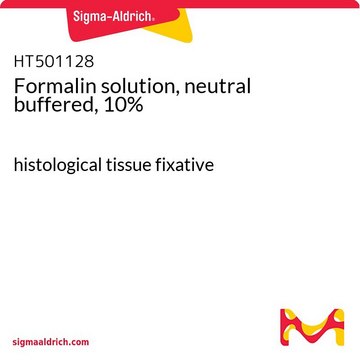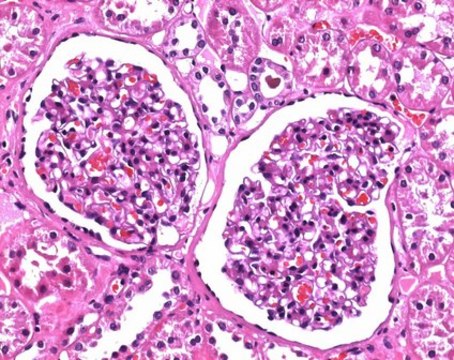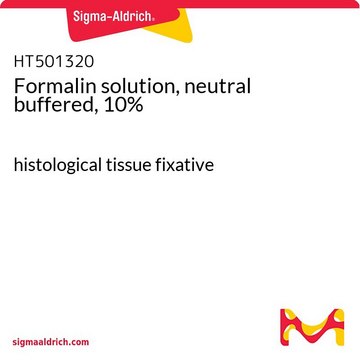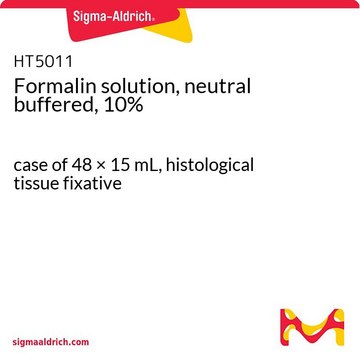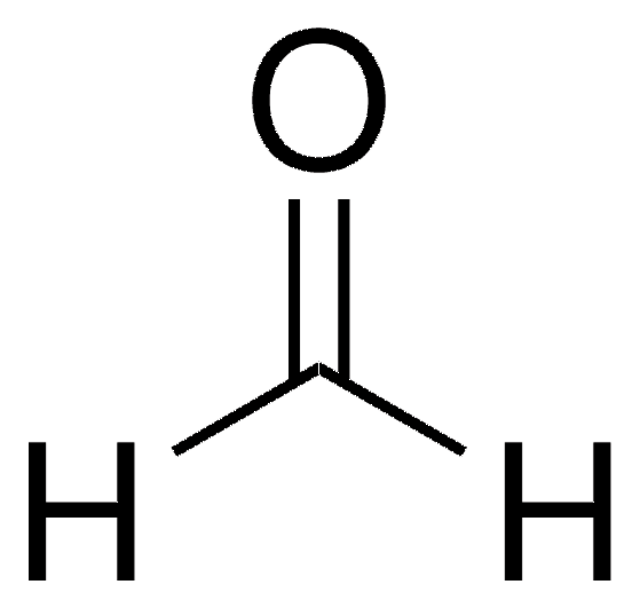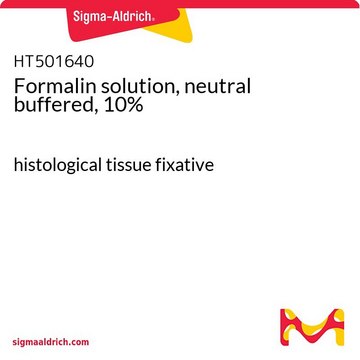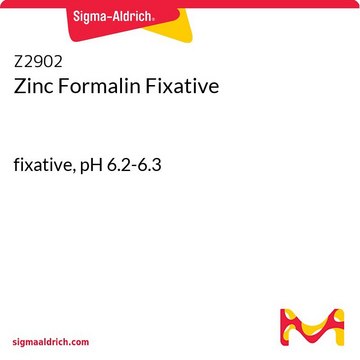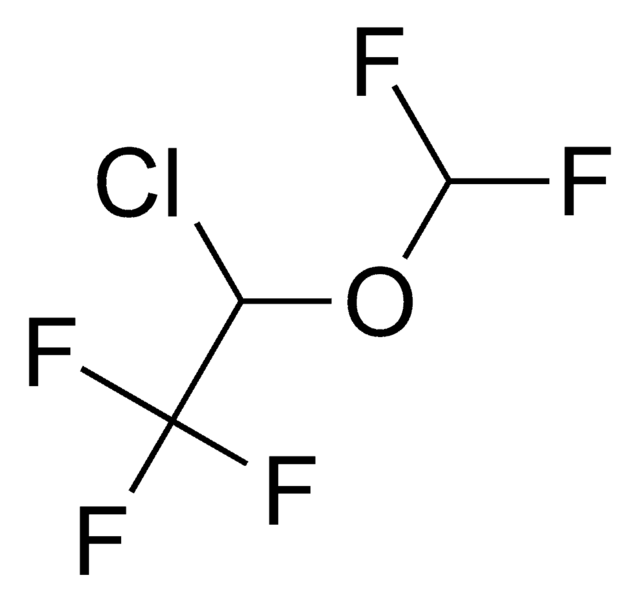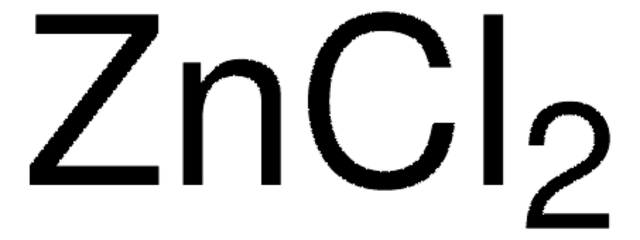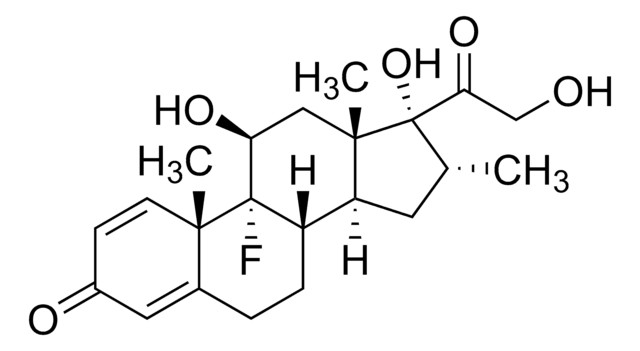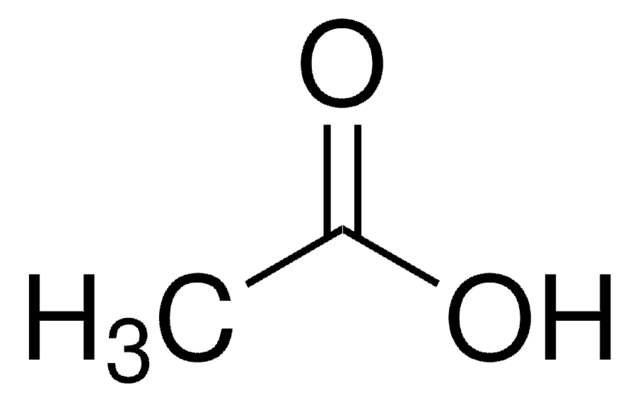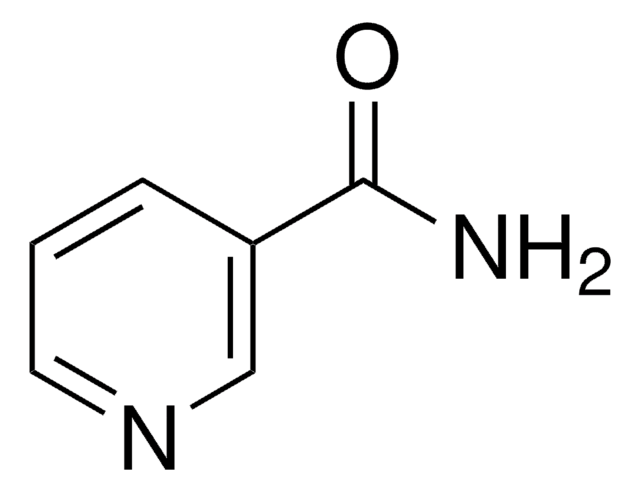SAB2108814
Anti-CSF1 antibody produced in rabbit
affinity isolated antibody
Synonym(s):
CP-23, CP23
Select a Size
CA$832.00
Select a Size
About This Item
CA$832.00
Recommended Products
biological source
rabbit
conjugate
unconjugated
antibody form
affinity isolated antibody
antibody product type
primary antibodies
clone
polyclonal
form
buffered aqueous solution
mol wt
57 kDa
species reactivity (predicted by homology)
pig, mouse, rat, human, guinea pig, canine
concentration
0.5 mg/mL
technique(s)
immunohistochemistry (formalin-fixed, paraffin-embedded sections): 4-8 μg/mL
western blot: 1 μg/mL
1 of 4
This Item | HT5011 | HT5012 | HT501128 |
|---|---|---|---|
| pH 6.2-6.3 | pH 6.90-7.10 | pH 6.90-7.10 | pH 6.90-7.10 |
| application(s) hematology | application(s) hematology | application(s) hematology | application(s) hematology |
| storage temp. room temp | storage temp. room temp | storage temp. room temp | storage temp. room temp |
General description
Immunogen
Sequence
Physical form
Disclaimer
Not finding the right product?
Try our Product Selector Tool.
Storage Class Code
10 - Combustible liquids
WGK
nwg
Flash Point(F)
Not applicable
Flash Point(C)
Not applicable
Choose from one of the most recent versions:
Certificates of Analysis (COA)
It looks like we've run into a problem, but you can still download Certificates of Analysis from our Documents section.
If you need assistance, please contact Customer Support
Already Own This Product?
Find documentation for the products that you have recently purchased in the Document Library.
Customers Also Viewed
Our team of scientists has experience in all areas of research including Life Science, Material Science, Chemical Synthesis, Chromatography, Analytical and many others.
Contact Technical Service